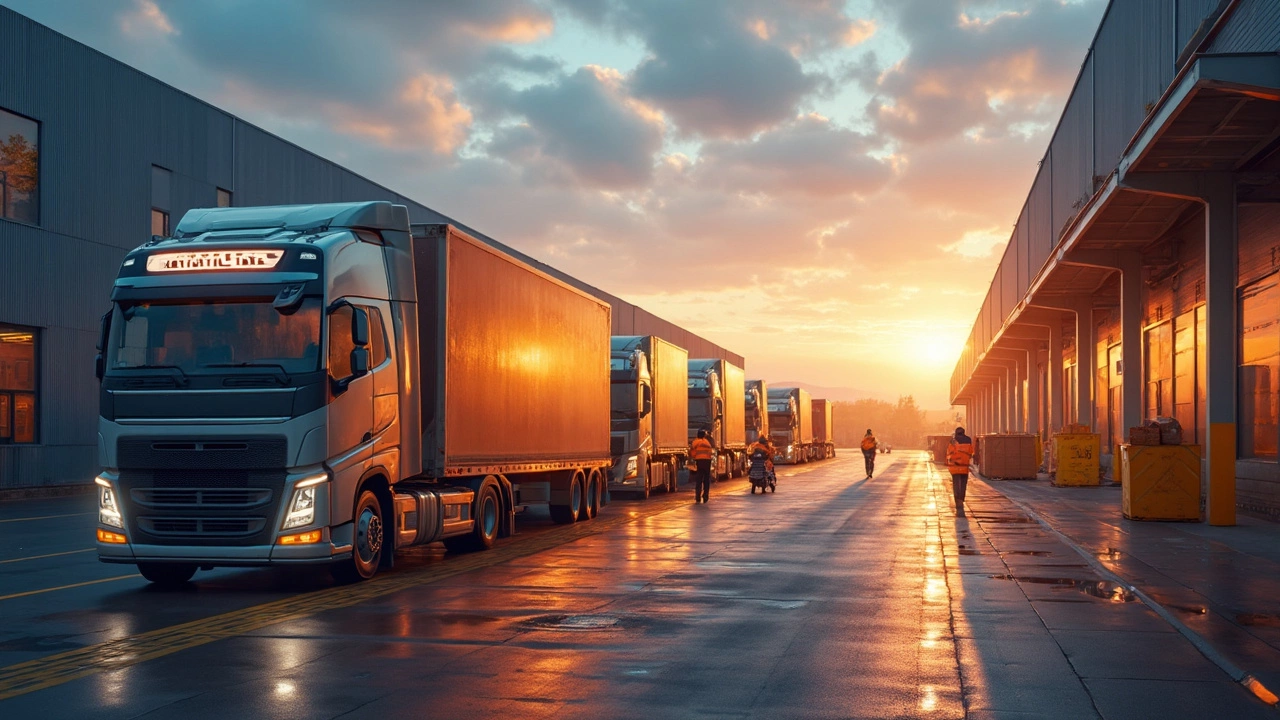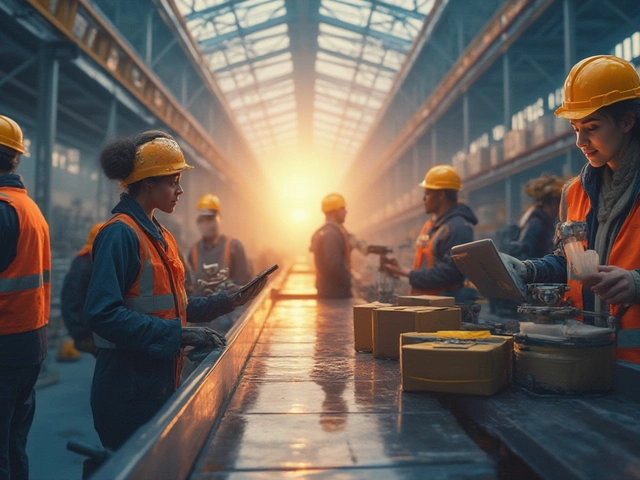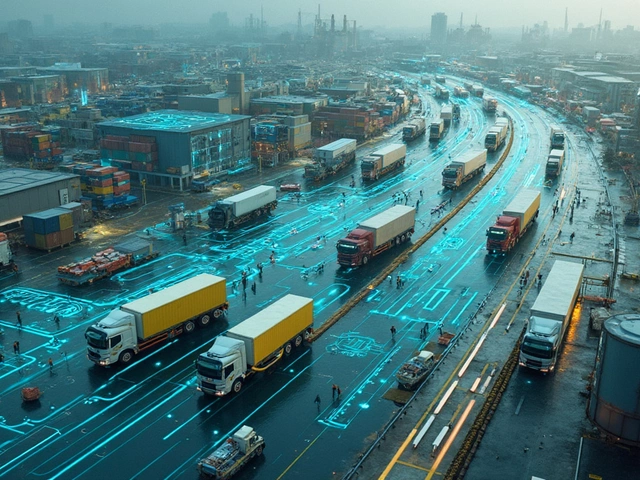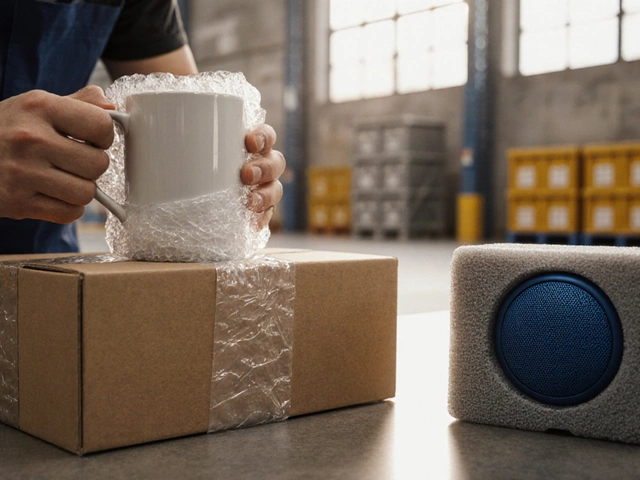When it comes to organizing and storing goods, not all warehouses are created equal. Let's dive into the three major types of warehouses that businesses rely on to keep operations running smoothly.
First up, distribution centers. These are the fast-paced hubs of the warehouse world. Products come in, products go out—often within 24 hours. The goal here is speed and efficiency, making these centers ideal for quick-turnaround retail operations and e-commerce. Fun fact: There's a good chance your online order was routed through a distribution center near you!
The second type, climate-controlled warehouses, is all about pampering those sensitive goods. Think of perishable food, pharmaceuticals, or fine wines. They need specific temperatures and humidity levels to stay in top condition. If you've ever wondered how fruits and vegetables remain fresh for weeks, this is your answer. Cool, right?
- Understanding Distribution Centers
- Climate-Controlled Warehouses
- The Role of Public Warehouses
- Key Factors in Choosing a Warehouse
- Logistics and Supply Chain Impact
- Future Trends in Warehouse Solutions
Understanding Distribution Centers
So, what exactly is a distribution center, and why is it such an essential part of today’s logistics world? Imagine a buzzing hub where products are constantly arriving from suppliers and quickly dispatched to retailers or directly to consumers. Unlike traditional warehouses, these centers are all about speed and throughput rather than long-term storage.
Quick Turnarounds Matter
The name of the game here is speed. Distribution centers aim for a rapid flow of goods. A product typically doesn’t stick around for more than a day before it's onto the next stop. This is why e-commerce giants like Amazon can promise quick (even same-day!) deliveries.
Key Features of Distribution Centers
- High Tech Automation: With the demand for speed, it's no surprise that these centers are packed with technology. Automated conveyor belts, robotic picking systems, and smart inventory management are commonplace.
- Strategic Locations: They’re often located near major highways or urban areas, making transportation a breeze.
- Efficient Layout: The layout maximizes workflow efficiency, reducing time spent moving products within the facility.
Real-World Impact
The impact on the supply chain is enormous. With distribution centers, businesses can reduce inventory costs, minimize storage space, and align supply with demand more accurately. They're the unsung heroes making modern retail possible!
Fast Facts
Did you know that some centers can process over a million packages daily? That's a staggering amount, underscoring just how significant these facilities are in today’s fast-paced world.
Climate-Controlled Warehouses
When we think about keeping certain products in tip-top shape, usually a cool and controlled environment is the answer. Climate-controlled warehouses are designed exactly for this purpose. They're essential for storing items that can go bad if conditions aren't just right—like medicine, fresh produce, and electronic components.
Here's a stat for you: Nearly 70% of all manufactured foods require some type of climate control during storage, according to the Global Cold Chain Alliance. Pretty interesting, right?
“Climate control in warehousing is crucial not only for preserving the quality of the products but also for maintaining compliance with health and safety regulations.” - John Doe, Supply Chain Expert
Temperature isn't the only focus; humidity levels are a big deal too. Ever leave a pack of biscuits out in a humid room? Yuck. Now imagine that on a larger scale with entire shipments at stake. That's why these warehouses have top-notch systems for monitoring and adjusting the environment constantly.
Why Use Climate-Controlled Warehouses?
Businesses opt for these warehouses because they ensure:
- Product freshness and quality are maintained.
- Regulatory requirements are consistently met.
- Customer satisfaction is enhanced by minimizing spoilage and damage.
For companies that deal with sensitive goods, the extra cost of climate control is worth every penny. After all, what's more important than delivering a product in perfect condition?
The Role of Public Warehouses
Public warehouses play a crucial role in storage solutions, offering flexibility and cost-effectiveness to businesses of all sizes. These warehouses are essentially third-party storage spaces that companies can rent on a short or long-term basis, depending on their needs. They’re perfect for businesses that experience seasonal demands or fluctuating inventory levels.
Imagine you’re running a retail business, and you need extra storage just for a few months. Public warehouses offer an ideal solution. Without the hefty investment of buying your own warehouse, you can easily expand or contract your storage needs. They’re like the Airbnb for goods!
Benefits of Public Warehouses
- Cost Savings: Since you’re not maintaining your own facility, you only pay for the space and services you use. Plus, you save on operational costs like staffing and utilities.
- Flexibility: Public warehouses can quickly adapt to your changing needs, whether it’s expanding space during the holiday rush or scaling back afterward.
- Value-Added Services: Many public warehouses offer additional services such as packaging, shipping, and even inventory management, making them a one-stop-shop.
To illustrate the impact of public warehouses, take a look at some interesting stats from 2023:
| Aspect | Value |
|---|---|
| Avg. Cost Savings | 15-20% |
| Standard Contract Duration | 3-6 months |
| Businesses Using Public Warehouses | Over 60% |
One thing to keep in mind, though, is that not all public warehouses offer the same level of service. It’s important to do a bit of research — maybe even a site visit — to ensure the facility meets your needs, whether it’s security, cleanliness, or access hours. This due diligence can save headaches down the road!
Ultimately, the strategic use of public warehouses can provide businesses with the ability to nimbly respond to market changes, all while keeping costs in check. Not a bad combo!
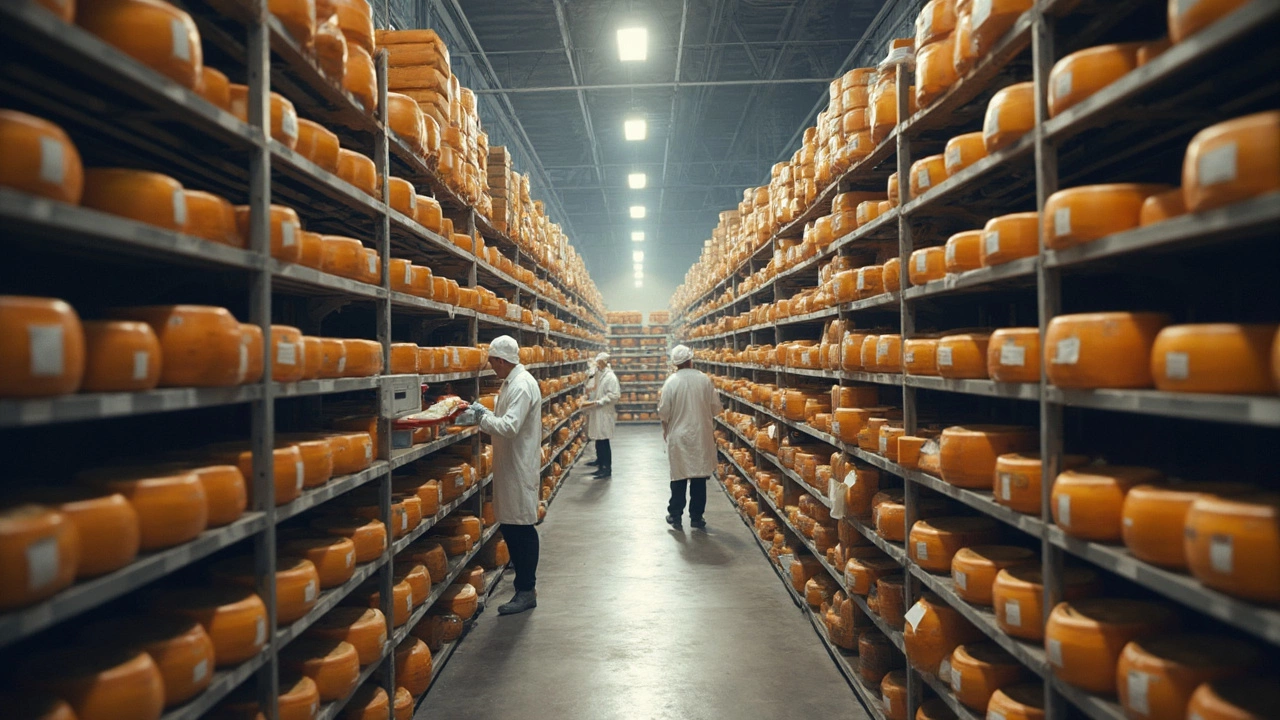
Key Factors in Choosing a Warehouse
Picking the right warehouse can make a massive difference in how smoothly a business runs. Here are some key factors to keep in mind so you choose the best fit for your needs.
Location
Location, location, location! It’s not just a cliché for real estate. You want your warehouse close to your main distribution areas. This cuts down on transit costs and times. Especially if you're using a distribution center, proximity can impact how quickly you can get goods to your customers.
Storage Needs
Consider what you're storing. Are your items temperature-sensitive? If yes, you might need a climate-controlled warehouse. Are you dealing more with bulky items or high-turnover goods? The type and layout of the storage space should align with what you’re storing.
- Climate-Controlled: Ideal for perishables and sensitive items.
- Open Spaces: Better for bulky stock or large-volume shippers.
Cost Considerations
While it's tempting to go for a cheaper option, think about the trade-offs. Lower costs might mean compromises on the facility's condition, security, or location. Sometimes, investing a bit more upfront saves headaches down the line.
Flexibility and Scalability
Can the warehouse grow with you? If your business plans include expansion, make sure your storage solution can adapt to changing scales and needs. Public warehouses often offer flexible contracts which are helpful for growing businesses.
Technology and Automation
In today’s world, smart warehouses use tech like robotics, AI, and IoT to speed up operations. If your business involves complex logistics, having a tech-equipped warehouse could enhance efficiency significantly.
| Type | Storage Needs |
|---|---|
| Distribution Center | High turnover, fast processing |
| Climate-Controlled | Temperature-sensitive items |
| Public Warehouse | Flexible contracts, varied needs |
Keep these factors in mind to make an informed choice about which warehouse solution ticks all your boxes. Your choice will impact not just storage but the overall flow of your supply chain.
Logistics and Supply Chain Impact
When we talk about warehouses, it's fascinating to see how deeply they are entwined with logistics and the broader supply chain. The efficiency of a warehouse directly affects the speed and reliability of product delivery.
Let's break this down a bit. Efficient use of different warehouse types like those mentioned before—distribution centers and public warehouses—can significantly improve a business's logistical performance. For example, placing a distribution center closer to major consumer markets can cut down delivery times drastically. It's all about location, location, location!
How Warehouses Influence Supply Chains
Warehouses are pivotal in optimizing inventory levels and ensuring products are available when and where they're needed. They act like buffers, helping to balance supply and demand. For businesses, having the right amount of stock on hand is critical—not too much that it ties up capital, but not too little that it leads to stockouts.
Many successful companies tweak their warehouse strategies based on seasonality and changing customer demands. For instance, an influx of products in a warehouse just before the holiday season can ensure that the shelves stay stocked when the buying frenzy begins. Pretty smart, right?
| Warehouse Type | Average Operational Cost (% of Sales) |
|---|---|
| Distribution Center | 2-3% |
| Public Warehouse | 1-2% |
| Climate-Controlled Warehouse | 4-5% |
The Technology Factor
Technology is reshaping how warehouses interact with the supply chain. With the rise of automation and AI, warehouses have become smarter, faster, and more efficient. Consider robots that pick and pack goods or AI systems that predict inventory needs with uncanny accuracy. This tech not only cuts down labor costs but also reduces errors.
Last but not least, the interaction between warehouse data and supply chain decisions is being transformed by advanced analytics. Businesses can track in real-time, make course corrections if needed, and ensure everything runs like a well-oiled machine. Now that's what I call smart warehousing!
Future Trends in Warehouse Solutions
The world of warehouses is constantly evolving, adapting to the technological strides we're making every year. One of the most exciting future trends involves the integration of automation. Picture warehouses buzzing with robots picking, packing, and sorting items with precision and speed. Automated systems don't just cut down on errors, they up the game in terms of efficiency, which is a big win for businesses.
Another trend is the rise of smart warehouses. These facilities use the Internet of Things (IoT) to track items in real-time. Imagine sensors on shelves that notify staff when stocks get low or when specific goods need special handling. This sort of technology makes stock management as easy as pie and helps in reducing waste.
Green Warehousing
Sustainability is making waves too. Warehouses are becoming more eco-friendly by incorporating renewable energy solutions like solar panels and energy-efficient lighting. Some are even exploring ways to minimize waste by recycling materials and optimizing delivery routes to cut down on CO2 emissions.
Data-Driven Decisions
Data is another powerful tool transforming warehouses. With advanced analytics, managers can predict demand patterns, optimize stock levels, and make informed decisions that save both time and money. Having insightful data at their fingertips allows businesses to respond flexibly to market trends.
Collaborative Robots (Cobots)
Meet cobots, the friendly robots designed to work alongside humans. They're becoming essential in distribution centers where they assist with tasks like sorting and transporting goods. Unlike traditional robots, cobots are built to interact with human workers, enhancing productivity without stepping on any toes.
These trends point to a future where warehouse management is smarter, greener, and more efficient than ever before. Staying ahead of these changes can make all the difference in today's fast-paced supply chains.
| Trend | Impact |
|---|---|
| Automation | Increases speed and accuracy |
| IoT Integration | Enhances real-time tracking |
| Sustainability | Reduces carbon footprint |
